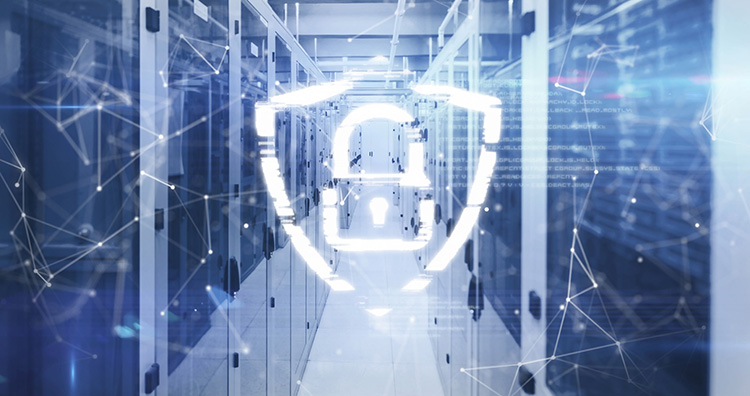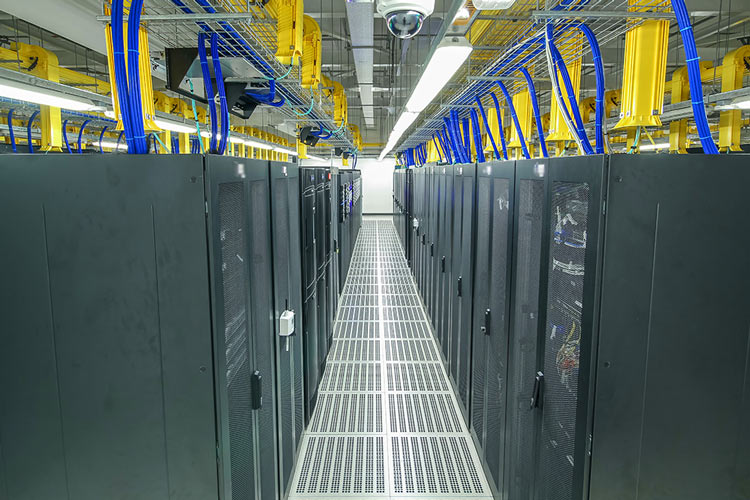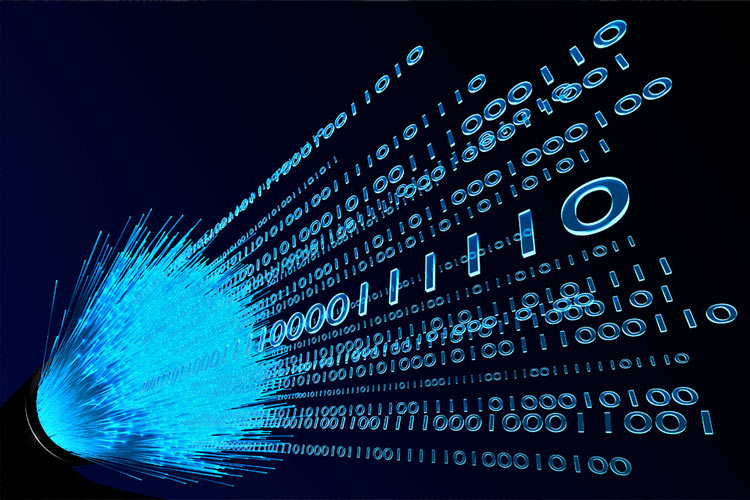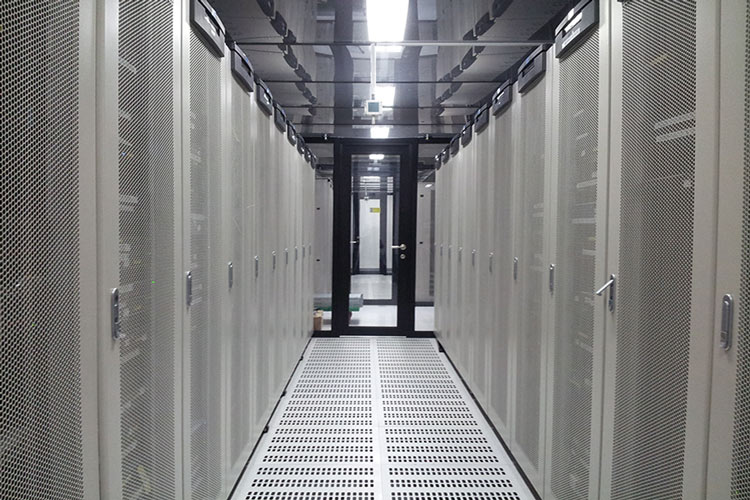Elevated security is one of the most fundamental assets a data center can offer. However, because data is constantly subject to threats and attacks, potential issues hang in the air. When it comes to edge data centers, ensuring security sometimes requires a different kind of attention compared to regular data centers. Edge computing allows data processing closer to where it’s generated, providing great benefits for time-sensitive applications. Still, the security of edge data centers is not risk-proof, and potential issues need to be assessed in time to be avoided successfully.
This article explores edge data centers, their specific security risks, and best practices for avoiding them.
What Are Edge Data Centers?
Edge data centers are compact, small-sized data centers situated in distributed locations close to the network “edge”, hence the name. They are similar to traditional data centers in the sense that they have similar hardware and equipment; however, edge data center facilities are much smaller in size. You might not even recognize one if you don’t know what you’re looking for. The whole point in edge data centers is that the physical facilities are located closer to where data is being generated, allowing for faster data processing and low-latency responses.
Edge data processing centers are built to carry out edge computing tasks within dispersed IT architectures, working with data collection points in the proximity of end users and devices. They serve as intermediary processing units between the end user and the cloud, delivering fast responses for time-sensitive use cases. So, instead of all data traveling to the cloud and back for processing, edge facilities process specific information on the spot and send an answer immediately.
As an example of daily life, let’s take small medical clinics. Clinics can leverage small-size edge equipment to monitor and analyze patient data in real time. ECG machines, blood pressure monitors, and glucose level monitoring can be directly sent to the edge data center within the clinic’s perimeter. This way, medical professionals can receive real-time alerts and diagnoses when edge devices record abnormal readings. This allows for quick responses in case of emergencies – which can be life-saving. These advantages drive edge computing growth in the healthcare sector.
Edge data centers are much smaller than traditional ones in terms of footprint. Depending on the application and the volume of data they are processing, they can fit into a container or even a small box. Their presence can easily go unnoticed because they don’t need technicians constantly attending to them.
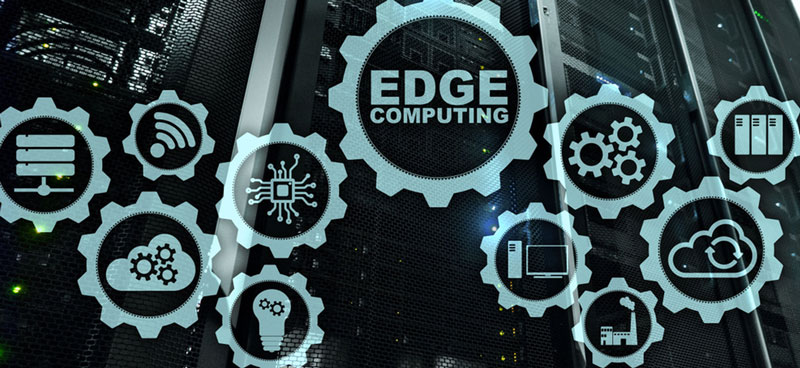
Potential Security Issues Edge Data Centers Face
Because they are located in dispersed locations away from staff protection and lack stringent measures for preventing intrusion, security is often hard to guarantee, making edge data centers prone to attacks. Edge computing drives colocation growth and has tremendous benefits, making it more and more widely adopted. However, it’s important to note that businesses invest significant amounts into edge security. The security concerns can take the following forms.
Physical Security Concerns
Physical security may be the biggest risk to which edge equipment is exposed.
While traditional data centers have multi-layered physical security controls and strict measures for protecting their servers, edge facilities often lack any of these. Smaller footprint edge data centers located in remote spots don’t have fences around them or physical access control systems separating intruders from the equipment.
Being located in environments with less stringent physical security makes them a target for brute-force physical attacks. Additionally, they can become the target of more sophisticated attacks as well, like interference attacks. An attacker can easily tamper with the equipment, shut the power down, and damage or steal the hardware. And, because edge deployments typically lack backups, attacks like these lead to disruptions and potentially data loss.
Data Privacy Risks
Because of the distributed nature of edge data centers, those are constantly exposed to data privacy risks. Data breaches can happen, and the extremely high costs they come with can damage companies. Data privacy is very vulnerable, and data loss is just one aspect: sensitive information is often used for identity theft and stealing money.
Software Security
Attackers can take advantage of potential security vulnerabilities in the software edge devices run on. Because edge features are extremely intricate with interfaces and millions of combinations, testing for vulnerabilities becomes a challenge. Small flaws can become pitfalls, providing attackers with access to the devices and the network.
Network Security
Data has to travel across networks. From the edge device, it transfers through several network nodes to the central processing location and back. Hackers and malicious actors can take advantage of network vulnerabilities, making the network a prime target. An attack incident can cause disruptions, put data integrity at risk, and, in some cases, even collapse the whole network.
Issues with Responding Immediately to Attacks
Edge data centers are not attended by technicians and staff as frequently as conventional data centers are. With the absence of extensive physical security controls and personnel present on-site, responding to incidents can be delayed. Also, edge facilities lack the robust infrastructure large data centers have, making monitoring attempts much more complicated. Without real-time monitoring, it is more difficult to identify and respond to network-related attacks and threats.
Security Measures and Best Practices for Protecting Your Edge Data Centers
Keeping edge data centers safe is anything but child’s play. However, a rounded security strategy and a few measures can be all that’s needed to avoid the pitfalls. Here are a few simple ideas that can make a big difference.
Remote Monitoring
Edge facilities typically don’t have dedicated staff to tend to them frequently. And because their locations are dispersed, they are not connected to a robust security infrastructure with monitoring and security controls like a conventional data center. Still, remote monitoring is a viable alternative option that can aid with identifying potential threats. Automated options for recognizing threats do exist, and no staff is needed to run them efficiently.
Test Regularly
Testing can be crucial for identifying network vulnerabilities that can become targets of attacks. Checking and updating systems regularly, running penetration tests and regular security audits can significantly increase the network’s resiliency to threats.
Choose Your Deployments Wisely
Keep in mind that edge structures will always be more vulnerable to threats than conventional data centers equipped with several layers of security. Because of that, placing crucial deployments in an edge facility should be avoided. A backup solution is necessary for any important deployments so you don’t lose anything crucial if the edge data center becomes compromised.
Make sure Your Edge Data Centers Remain Unseen
Completely hiding an edge facility is not always possible. However, making sure their presence is at least not obvious can be a great strategy for keeping them safe. Any sign leading to or marking where the facility is located should be avoided. Only those who have access, like employees and technicians should be the only ones knowing where the edge data center is.
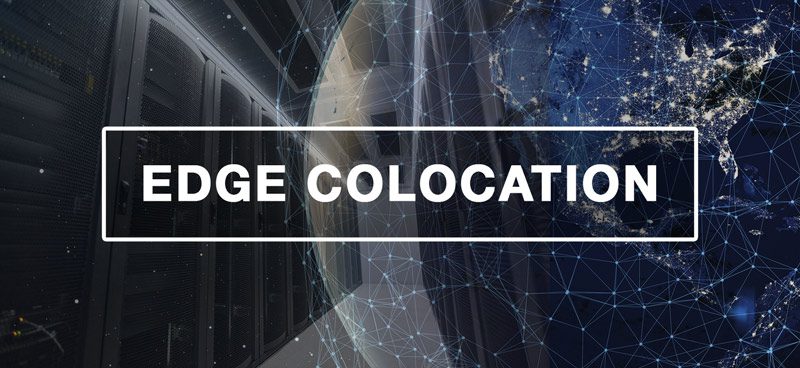
Conclusion
Resources and strategies for securing edge data centers are finite. But paying attention to a few measures can be all it takes to keep them safe. While remote monitoring can help reduce the risk of attacks and identify threats faster, simple solutions like training your team on concealing the whereabouts of edge facilities can help keep your deployments safe.
Got questions? Want to learn more?
Contact our team at Volico Data Centers to discover more about how you can keep your edge data centers safe without the help of your conventional data center’s robust physical security measures. If you’re looking for an edge computing solution or an edge colocation partner who can deliver a comprehensive security infrastructure allowing you to leverage physical security, cybersecurity, and data privacy, look no further!
To learn more about Volico’s colocation services and edge security, call us at (305) 735-8098 or chat with one of our edge computing experts.

